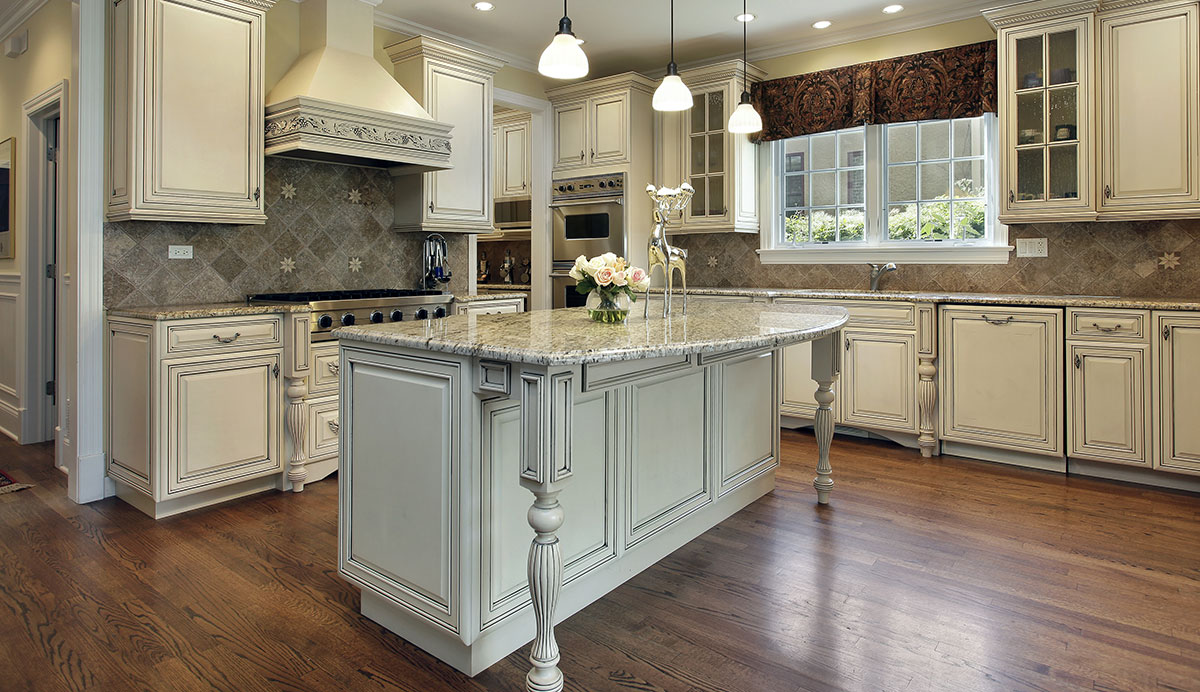A Guide to Picking the Perfect Legs For Cooking Area Island for Your Home
Choosing the ideal legs for your kitchen island is a nuanced choice that impacts both the performance and visual appeal of this main area. Aspects such as elevation, materials, and style play a crucial function in integrating your island with the total cooking area style. In addition, recognizing the value of security and upkeep can dramatically affect your choice. As you consider these components, it becomes apparent that the ideal legs can change not only the look of your cooking area however additionally its functionality for years to find. What specific functions should you prioritize in this choice process?

Understanding Cooking Area Island Legs
When choosing legs for a kitchen island, it's important to recognize their functional and visual functions in the overall style. The legs work as a crucial support group, guaranteeing stability and resilience for the island, which commonly works as a workspace, dining area, or collecting spot. Therefore, the selection of material and construction strategy need to be durable sufficient to withstand everyday use and prospective wear.
In enhancement to their architectural responsibilities, legs contribute considerably to the island's aesthetic appeal. They can boost the kitchen area's style, whether via standard, modern, or eclectic designs. The elevation and proportion of the legs are also important factors to consider; they have to integrate with the island's counter top elevation while guaranteeing comfortable seating for those utilizing the area.
Furthermore, the leg style can influence the overall flow of the cooking area. Open, airy leg styles can produce a feeling of agility, while solid, significant legs may share an extra grounded and secure visual - Legs For Kitchen Island. Comprehending these aesthetic and useful elements will certainly guide property owners in making educated options that complement their kitchen area's design and enhance its usability
Popular Styles and Materials
The selection of legs for a kitchen area island incorporates a range of preferred styles and products, each offering unique attributes that can improve both functionality and aesthetic appeals. Amongst the most desired designs are modern, rustic, and traditional. Contemporary legs frequently include smooth, minimalist styles that emphasize simplicity and tidy lines, making them optimal for modern-day kitchens. Rustic styles, on the other hand, welcome all-natural elements and often showcase redeemed timber or distressed surfaces, adding warmth and appeal to the space. Standard legs usually display elaborate details and craftsmanship, boosting classic kitchen designs.

Height and Stability Factors To Consider

The legs of the cooking area island ought to provide additional hints appropriate support, ensuring that the structure can hold up against day-to-day use without changing or tottering. Product option plays a substantial role in security; metal legs, for circumstances, have a tendency to offer better toughness contrasted to wood.
Matching Your Kitchen Aesthetic
Selecting the appropriate legs for your cooking area island goes beyond capability; it likewise plays a significant this content role in the overall aesthetic of the room (Legs For Kitchen Island). When picking legs, take into consideration the layout style of your cooking area.
Color is another critical element. Legs that enhance or contrast with your island's surface area and bordering kitchen cabinetry can develop aesthetic harmony or striking prime focus. As an example, coupling dark wood legs with a light marble kitchen counter can include deepness and rate of interest. Furthermore, think about the surface of the legs; matte, shiny, or distinctive coatings can considerably impact the total feel of the kitchen.
Installment and Maintenance Tips
Installing kitchen area island legs calls for cautious interest to detail to ensure both security and aesthetic charm. Make use of a stud finder to find wall surface studs if you are connecting the legs to a wall surface or making use of braces for added support.
When safeguarding the legs, use high-grade screws and, if needed, timber glue for extra stamina. For metal legs, make certain that you are utilizing suitable supports and tools to stop damages to your flooring. It is advisable to inspect for levelness after setup, making changes as needed to avoid tottering.
Tidy the legs with an ideal cleaner, staying clear of abrasive products that might damage the surface area. By following these installment and upkeep pointers, you can make certain that your kitchen area island legs continue to be both practical and aesthetically attractive.
Conclusion
In verdict, selecting the proper legs for a kitchen island demands mindful factor to consider of height, security, and aesthetic compatibility. Eventually, thoughtful leg choice plays a critical role in boosting both the usefulness and layout of the kitchen space.
When choosing legs for a kitchen island, it's crucial to comprehend their functional and visual functions in the general layout. Open, ventilated leg styles can produce a sense of agility, while strong, significant legs may convey an extra based and secure visual. The legs of the cooking area island must give adequate support, making sure that the structure can endure everyday usage without wobbling or shifting.Mounting kitchen area island legs requires cautious focus to detail to make certain both stability and aesthetic charm.In final thought, choosing the ideal legs for a cooking area island demands careful factor to consider of elevation, stability, and visual compatibility.